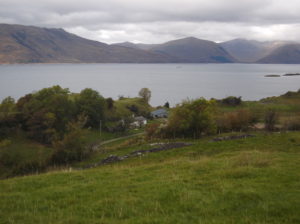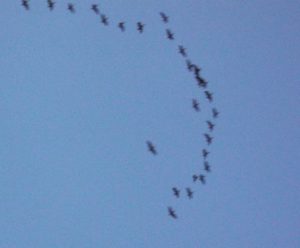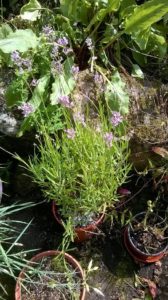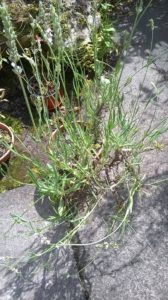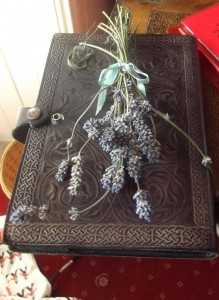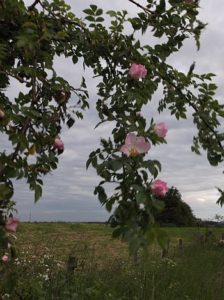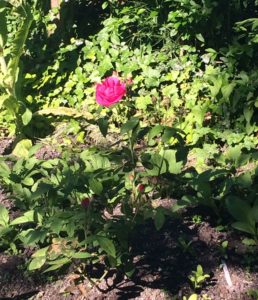 This is no longer the territory of rain – at least for now. There hasn’t been a summer like this since about August 1994 – which is when I wrote a journal post that became this:
This is no longer the territory of rain – at least for now. There hasn’t been a summer like this since about August 1994 – which is when I wrote a journal post that became this:
Sunlight hits a blow to the head,
and the sky is molten, carved
by the screaming flight of swifts
round the steaming tenements.
The local weather service says this (30.5º) is the hottest temperature on record for the area. It’s rather pleasant so far. In our north-facing stone house I can wear a sleevelss dress in comfort, and the garden is flourishing though the tomatoes in the greenhouse need much more watering than I was expecting.
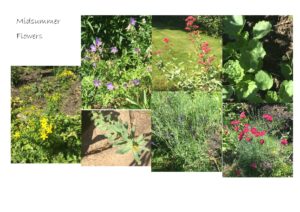
The birds have done well too – fledged brrods of sparrows and starlings, blackbirds wrens, bluetits and great tits, and more swallows, swifts and housemartins than I remember for years. The black backed gulls have dispersed, but they are still about, and the black-headed gulls have taken full advantage of their diminished impact. There aren’t any chiffchaffs resident, however, and lapwing numbers – never high at the best of times, are tragically low.
On the other hand, bats, moths and butterflies have done very well, and there are plenty of small insects crashing into windscreens as we drive, as there used to be. I’ve seen more hares this spring than ever, in a field across the river, and two weeks ago there were three deer in the long reeds on the bank. One of them saw me watching and stared at me for a while, before apparently realising that I couldn’t reach her across the water, and going back to browsing, disappearing so completely that only the twitch of her brown ears helped me to see her at all. Last week, however, construction work began on a building site nearby, and the pile driving was too much for them.
I have been solar dyeing in this hot weather, and got some good yellows from leaves, which I will photograph when they are dry. I’ve harvested gooseberries and blackcurrants too, chopped a lot of mint for the freezer, and steeped some ladysmantle in oil to make a skin balm. It’s a busy time of year, but we need a break, and there will be a pause in the blog until after we come back from holiday.
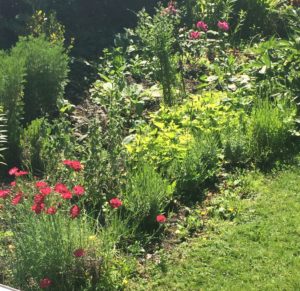
Enjoy the weather!
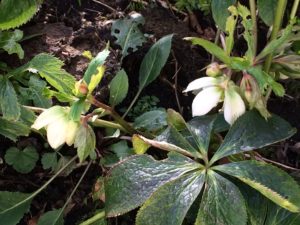
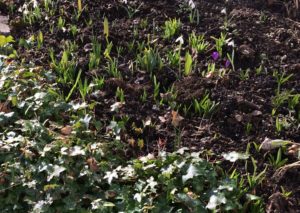
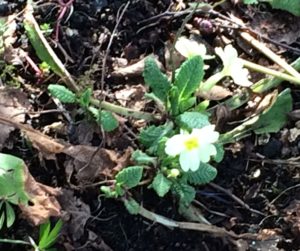
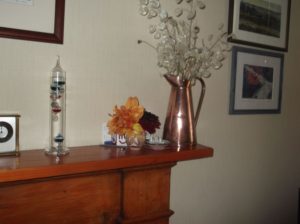
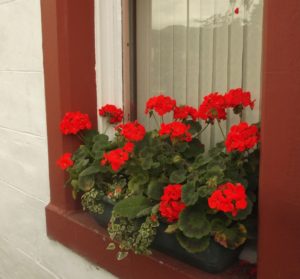

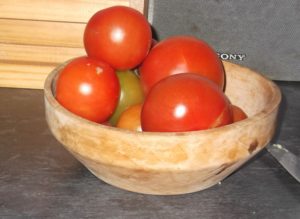

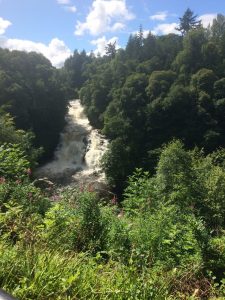
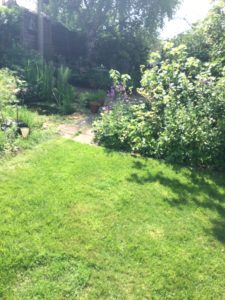
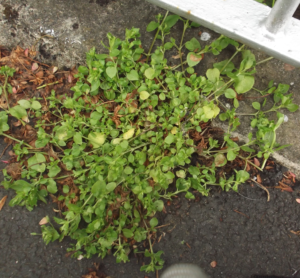
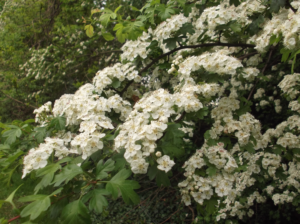
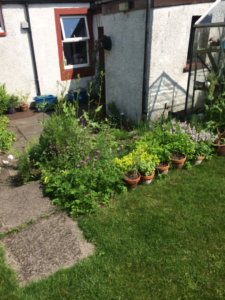 plus some lovely sprays of eucalyptus and bay my friend Rita Bradd brought me, when she came to discuss editing her new pamphlet of poems, which will be out in September. She also brought me a hand of ginger, and as I noticed a little growth spur on it, I’ll be planting up a division of it to see if I can grow it on. There are cuttings to take too, so I am looking forward to a very busy weekend.
plus some lovely sprays of eucalyptus and bay my friend Rita Bradd brought me, when she came to discuss editing her new pamphlet of poems, which will be out in September. She also brought me a hand of ginger, and as I noticed a little growth spur on it, I’ll be planting up a division of it to see if I can grow it on. There are cuttings to take too, so I am looking forward to a very busy weekend.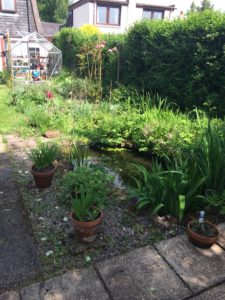
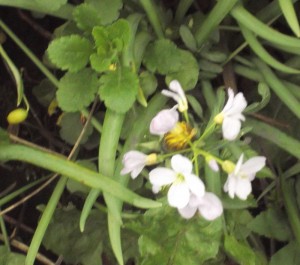


 This is the view from a walk up to Dunollie Castle near Oban, looking at Kerrera, where we did not go, while we were on holiday last week. We did, however, go to Lismore, which you can just see in the distance, and saw this:
This is the view from a walk up to Dunollie Castle near Oban, looking at Kerrera, where we did not go, while we were on holiday last week. We did, however, go to Lismore, which you can just see in the distance, and saw this: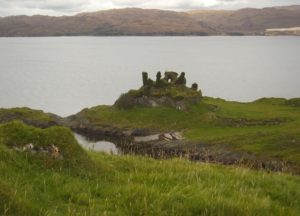
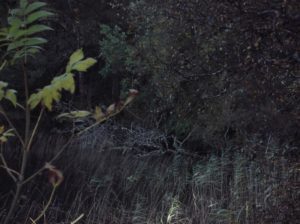 and some surprisingly big tree stumps which they had gnawed through. And to Kilmartin to look at the cairns and the henge at Temple Wood – and the beautiful herb garden at the museum, which must have been planted by someone very knowledgeable.
and some surprisingly big tree stumps which they had gnawed through. And to Kilmartin to look at the cairns and the henge at Temple Wood – and the beautiful herb garden at the museum, which must have been planted by someone very knowledgeable.